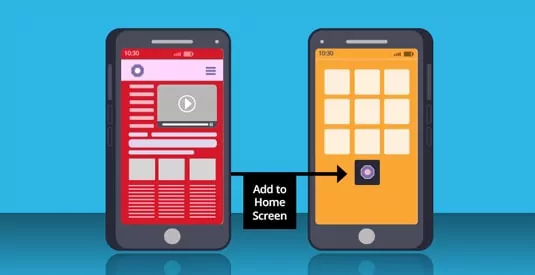I hope you've been following along on this series of essays on 'Winning Tactics of Innovation.' We covered the pillar of configuration and explored how the four forces of profit model, network, structure and process influence how organizations approach innovation and products.

We will now move to the next pillar, called 'offering', and see how it is leveraged to create products that are game-changing. The first force to consider is 'product performance', or strategies for improving a product's performance.
Superior Product:
Companies like Netflix and Apple have become leaders in their space by developing offerings of exceptional design, quality, and/or experience.
Ease of Use:
Microwaves and Washing Machines of Godrej, a copier of Xerox and a OnePlus LED TV are examples of this. Innovation is also in making your product simple, intuitive and comfortable to use.
Engaging Functionality:
The practice of providing an unexpected or newsworthy experiential component that elevates the customer interaction. It is how National Geographic grew as a product on TV and now on OTT. ECommerce giants like Amazon and Flipkart also use the same technique.
Safety:
Apple’s built-in security and WhatsApp’s 128-bit encryption are examples of product designs increasing the customer’s level of confidence and security.
Feature Aggregation:
Apple’s Smart health feature or MS Office interoperability features is how companies combine existing features found across offerings into a single offering.
Added Functionality:
Your smartwatches can now measure SpO2. Apple, Boat, Samsung and many others are adding new functionalities to their existing offerings.
Performance Simplification:
HP & Dell have used this to omit superfluous details, features, and interactions to reduce complexity in their offerings.
Environmental Sensitivity :
Bira91’s recent announcement of ‘net zero’ and ‘green beers’ is a testament to this orientation where companies provide offerings that do no harm—or relatively less harm—to the environment.

Conservation:
Consumer electronics in India follow this and position products like microwaves and refrigerators as ‘less energy consuming’ as compared to competitors.
Customization:
Knowledge Management solutions like Elium and Document360 offer the ability to enable altering of the product to suit individual requirements or specifications. This is common across many B2B products.
Focus:
Nike and Balenciaga are brands that target very specific customers. They design their offerings specifically for a particular audience at the expense of others.
Styling:
The original bosses of launching products that impose style and fashion at the same time would have to be Apple’s smartphones and Lamborghini’s sports cars. Their offerings are a style statement, apart from the contents of the product itself.
These models play an important part in how products are developed din to market offerings and are scaled up in future. Is your product a match for one or more of these models? Then you are more or less assured that your offerings will be successful.
In the next essay, we will explore product systems and how they facilitate major market shares for multiple products from the same parent company.










































We will verify and publish your comment soon.